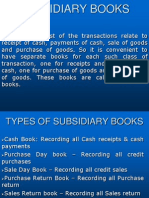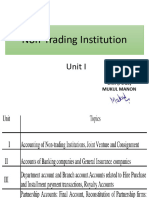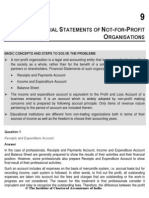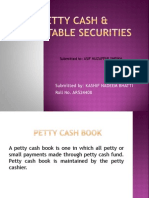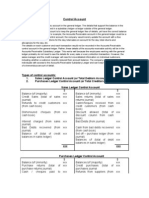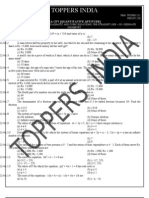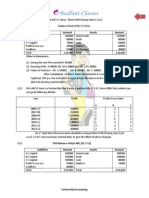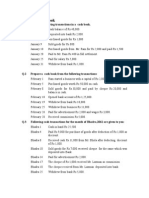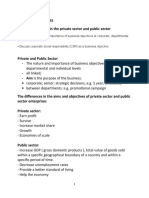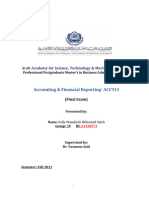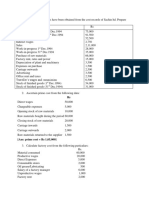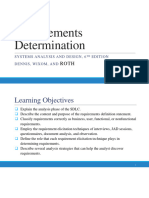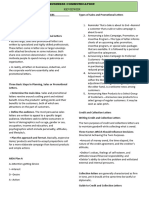0% found this document useful (0 votes)
132 views17 pagesCash Book Notes Examples
A single column cash book records cash receipts and payments in a single money column on the debit and credit sides. It has a T-shape format with receipts entered on the left debit side and payments on the right credit side. By having only one column, it provides a simple way to record cash transactions and calculate the cash balance.
Uploaded by
Lycan LycanCopyright
© © All Rights Reserved
We take content rights seriously. If you suspect this is your content, claim it here.
Available Formats
Download as DOCX, PDF, TXT or read online on Scribd
0% found this document useful (0 votes)
132 views17 pagesCash Book Notes Examples
A single column cash book records cash receipts and payments in a single money column on the debit and credit sides. It has a T-shape format with receipts entered on the left debit side and payments on the right credit side. By having only one column, it provides a simple way to record cash transactions and calculate the cash balance.
Uploaded by
Lycan LycanCopyright
© © All Rights Reserved
We take content rights seriously. If you suspect this is your content, claim it here.
Available Formats
Download as DOCX, PDF, TXT or read online on Scribd
/ 17

